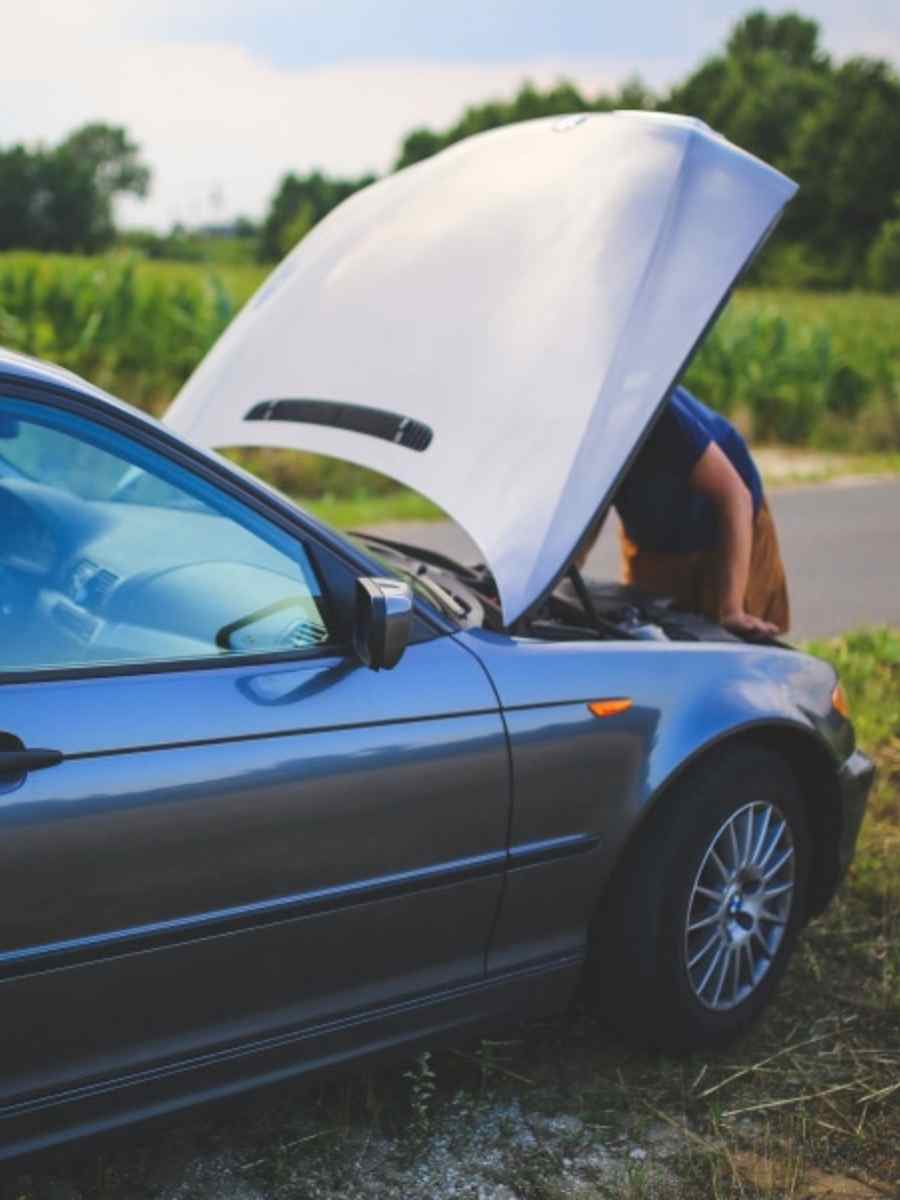How Far Can You Drive an Overheating Car? Tips to Calm an Engine Overheating
This post contains editorial samples and/or affiliate links to products I recommend. While this adds no additional cost to you, I will earn a small commission on any sales made.
If you’re googling: “Can I drive my car after it overheats?“
“Why is my car overheating?”
“Is it safe to drive my car when my car is overheating?”
Chances are you’ve noticed your car isn’t working as it should and the tell-tale signs are proof of that.’
Hopefully, this is before you get caught by surprise, on the side of the road, with an overheated car.
Be prepared with these steps so you can safely drive your car home if it overheats.
How far can I drive my car after it overheats?
This is the first question we ask when driving along and the car suddenly overheats.
The last thing you want to do is shrug it off and just keep driving.
Ignoring an engine overheating could cause irreparable damage to the motor.
A few simple steps could save your engine and get you safely to your destination-
which in extreme cases would be the closest destination where you could get help for your car.
No matter what, a car generally will not overheat unless something is wrong, so have everything checked if your car is running hot.
To be safe, make sure you have a bottle of coolant or antifreeze and water, in the car, in the unforeseen eventuality of an overheating.
What to do when a car overheats
The first step is to pull over, stop, and shut the motor off.
If your vehicle overheats, how long should you wait before opening the hood?
It will take about 30 minutes for the engine to cool down enough before you can work with it.
It will help to pop and raise the hood to allow cool air to circulate around the engine.
If you try too early to check the coolant levels, you run the risk of serious burns from the hot coolant.
The coolant system is under extreme pressure when hot and any release of that pressure, such as when removing the radiator cap, will cause scalding hot liquid to spray out everywhere.
Check Coolant Levels
Once everything has cooled, look for a plastic jug-looking object.
This is located near the radiator.
If you cannot locate it or have no idea what to look for, check the owner’s manual for the coolant tank.
There are marks on the bottle to show when the coolant is low.
If the level is low or simply empty, you need to add fluid to the radiator.
Add Liquid to the Radiator
Remove the radiator cap and add a 50/50 mix of water and antifreeze until the radiator is full.
If temperatures are above freezing, adding just water will work but it’s important to have that drained and replaced with a proper 50/50 mix as soon as possible.
Make sure you do not add water whenever the temperature is below freezing.
This will freeze in the motor and potentially crack the block which results in a ruined engine.
Once full, remember to replace the radiator cap.
If the Problem Isn’t Low Fluid Levels
If the fluid level is full when you check, this points to a problem that cannot be repaired roadside.
A faulty cooling fan or fan belt, thermostat, clogged radiator or hose, as well as other things like electrical problems.
You are able to drive short distances if your final destination is close by.
Drive a short distance and stop to cool the engine down before you drive again.
This is time-consuming and risks serious damage to the engine, so only do this as a last resort.
No matter what, never drive a car with the temperature gauge in the red unless you want to buy a new car or at least a new engine.
What Does Coolant Do?
Coolant is extremely important for your car because it’s the fluid that chemically absorbs heat from the engine and dissipates it through the radiator.
Low fluids mean your engine won’t have the chemicals it needs to cool off your engine.
Coolant is also commonly called anti-freeze.
It’s a mixture of ethylene or propylene glycol and water – about a 50/50 mixture.
This is why you can get away with using water in a pinch, but you need the actual coolant because it keeps it from freezing in the winter.
I hope this article helps you understand why your car is overheating and what to do if your engine is running hot.
Follow these essentials and you can drive your car after it overheats, till you can get to a mechanic to get it inspected thoroughly.
One way to avoid a car overheating incident.
Some may say this is a no-brainer but it has to be said.
Don’t miss your routine car service and maintenance appointments. These are like your annual doctor’s visits.
It’s always best to nip a problem in the bud in the beginning stages and that’s something only your car mechanic/service would be able to spot.









